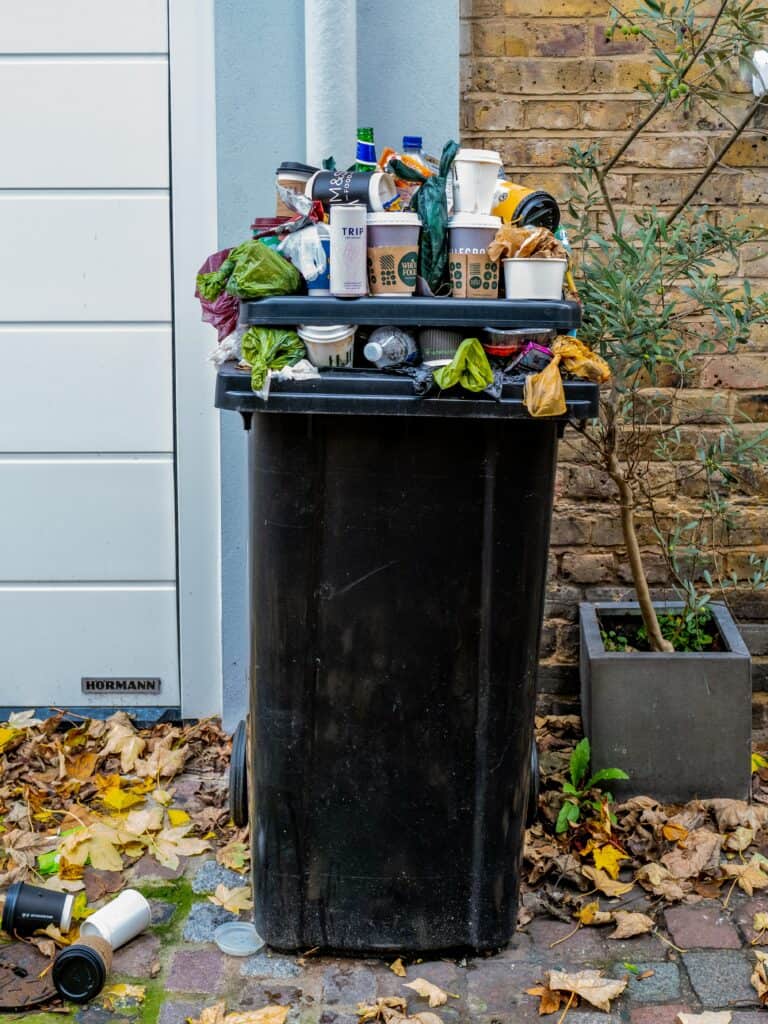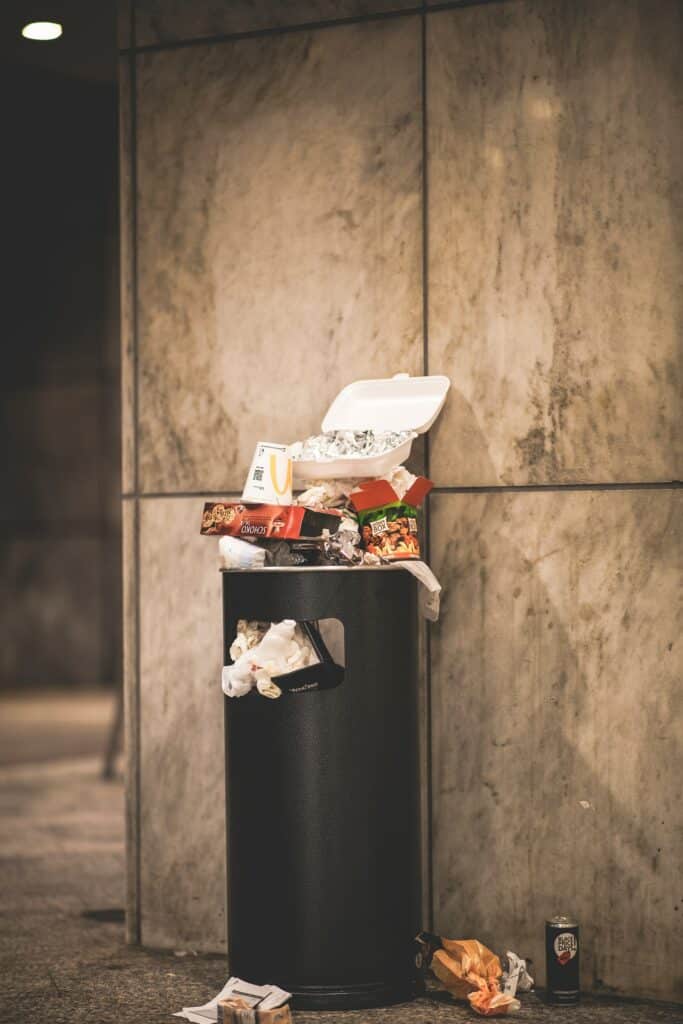Introduction – Weigh Your Waste

You can’t fix what you can’t measure. Time and again research shows that people waste far more food than they think. The food you want to weigh is anything that was edible when you purchased it. Weighing it is the first step to recognize that there’s a problem. In general, food wastage at the consumer level contributes to 10% of carbon emissions. There’s also waste at the producer and retailer level but today we’ll talk about the end consumer which is you and me.
You should exclude things like cores, peel, skins and bone. To avoid making a mess you may want to exclude liquids too.
It doesn’t matter if you use pounds, kilograms, ounces . . .
Even households that think they don’t waste food tend to waste a lot of food. That’s why you’ve got to weigh your food waste. In the UK, there’s a great organization called WRAP that does some really important work on food waste. A couple of years ago, they did a massive study checking out how we waste food. Now, one really interesting finding from the study was that even households that thought they wasted no food were actually wasting two kilos of edible food per week. That finding points to one simple reality: until you weigh your food waste, you just don’t know how much you’re wasting. When I was researching and testing this project, I tried a couple of different systems for weighing my food waste.
In our house, we put every bit of edible food waste in one bin. Then, on Sunday night, we weigh our bin. This helps us to keep track of how much food we are wasting each week.

We’ve got another sign in red on our normal bin to make sure that we don’t put edible food in our normal waste. The great thing about having all your food waste in one bin is that it’s a really visual trigger to take the initiative and reduce your food waste. When you go to where your food waste once a week, it’s really simple you just pull it out, chuck it on your scales and then you have a little rummage to see what it is you’ve been wasting the first three weeks.
We weighed our food waste in our home. It was 2.7 kilos down to 1.3 and then back up to 1.6, but since then, its continued a kind of downward trend. And you know it still pops up now and again. But most weeks we try to get up below a kilo. If you wear your foodways for three weeks in a row, I guarantee you it’ll change the way that you think about the food that you waste.
Just weigh it and keep a record!
Take a look at our tips to reduce food waste.
If you use this program we’d love to hear some feedback. We’d especially love it if you can tell us your first three weekly measurements, what worked for you and what didn’t. We will also be running a Crust2Cash competition in the future, so sign up to our email list to make sure you get the details. And don’t forget to share the welcome page 😉
Lindsay Wilson
I founded Shrink That Footprint in November 2012, after a long period of research. For many years I have calculated, studied and worked with carbon footprints, and Shrink That Footprint is that interest come to life.
I have an Economics degree from UCL, have previously worked as an energy efficiency analyst at BNEF and continue to work as a strategy consultant at Maneas. I have consulted to numerous clients in energy and finance, as well as the World Economic Forum.
When I’m not crunching carbon footprints you’ll often find me helping my two year old son tend to the tomatoes, salad and peppers growing in our upcycled greenhouse.
